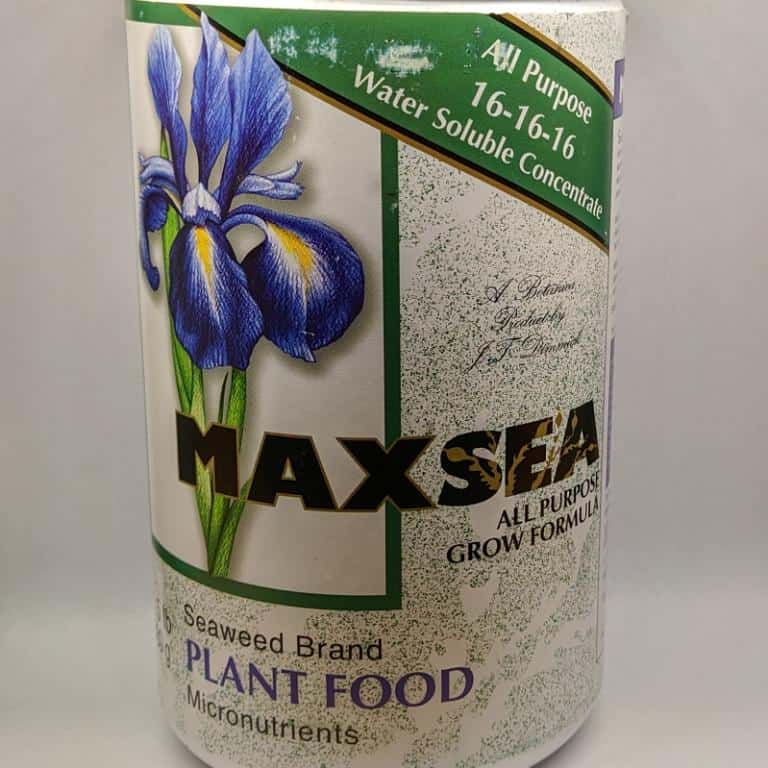The American fertilizer MAXSEA 16-16-16 is one of the few fertilizers with a suitable composition for carnivorous plants. It is used for foliar feeding and is particularly effective for pitcher plants (Nepenthes), trumpet pitchers (Sarracenia), Australian pitcher plants (Cephalotus follicularis), and sun pitchers (Heliamphora), where it can be applied directly into the traps. However, it should not be applied to the substrate as it encourages the growth of unwanted moss, algae, and cyanobacteria. A key advantage of liquid fertilizer over insect feeding or aquarium food is its resistance to mold, even in high humidity. Furthermore, MAXSEA 16-16-16 can also be used for other plants such as tillandsias and orchids.

Fertilizing Carnivorous Plants
It is essential to mention that fertilization is recommended only for carnivorous plants in excellent condition with proper growth conditions. Fertilization is solely aimed at improving growth and vitality. If a plant is weak, poorly colored, or browning, fertilization will undoubtedly harm or kill the plant.
Carnivorous plants are highly sensitive to fertilizers, and it is crucial to maintain the correct ratio of fertilizer to water. If the concentration is too strong, the fertilizer might burn the plants at best or kill them at worst. Various types of carnivorous plants react differently to fertilizers, so it is wise to test the concentration on a single specimen first. Monitoring the plant’s reaction ensures you do not damage your entire collection due to excessive sensitivity.
Universal Dosage for MAXSEA 16-16-16
The standard dosage of MAXSEA 16-16-16 is 0.5 g per 1 liter of water. For a more accurate measurement, using a TDS meter is recommended. This readily available device accurately measures the concentration, ensuring consistent results.
Most plants tolerate a concentration of around 100 ppm (measured by the TDS meter, indicating the concentration of dissolved solids). Tropical sundews are an exception, as they are extremely sensitive to fertilization, requiring a reduced concentration of 70 ppm. For small seedlings, a weaker concentration of 50 ppm is suitable. Butterworts and pitcher plants are more resistant to higher concentrations, which can be increased up to 160 ppm (starting at 100 ppm and gradually increasing while observing their reaction).

